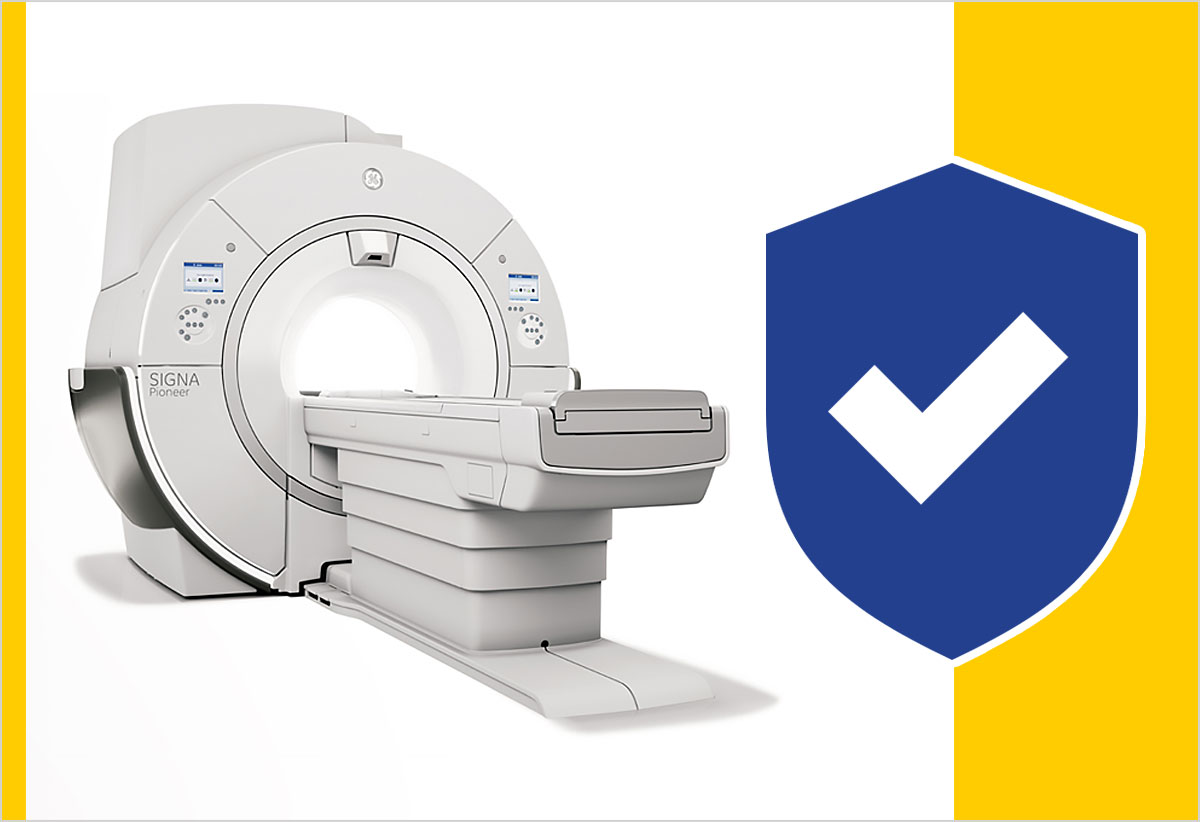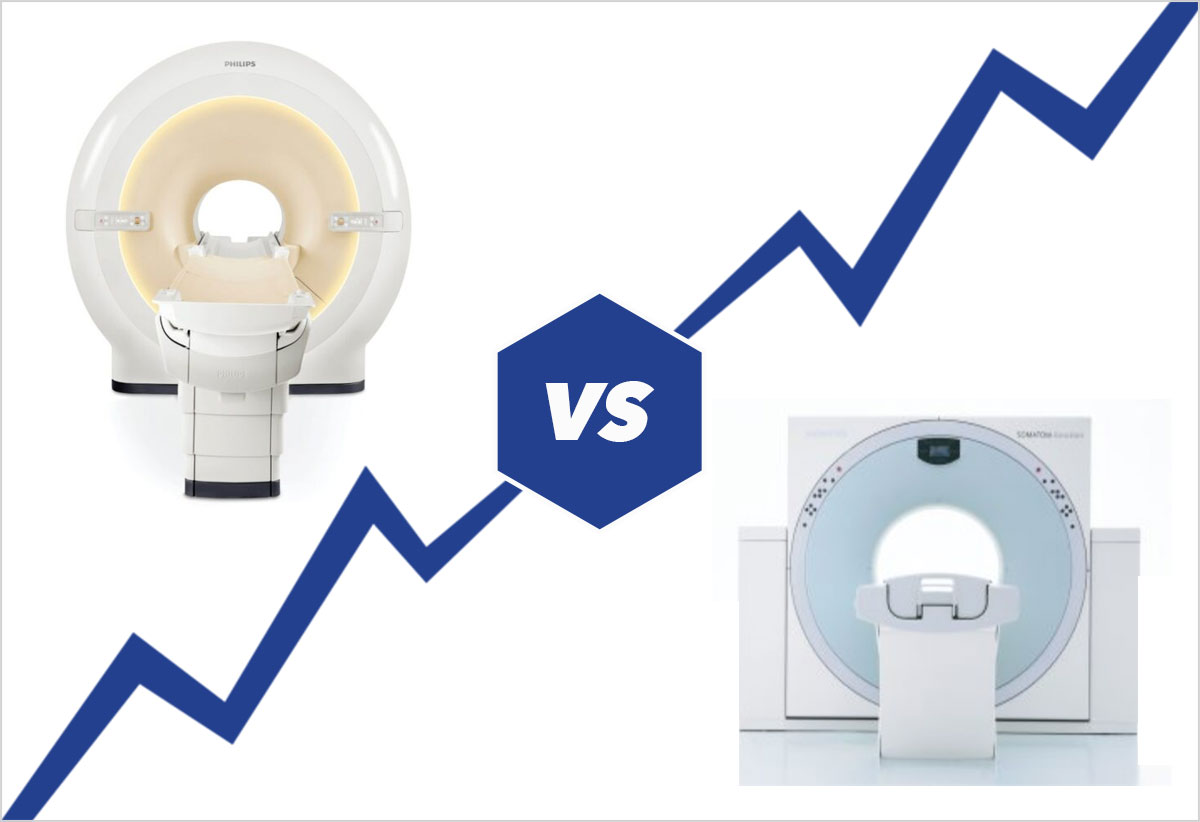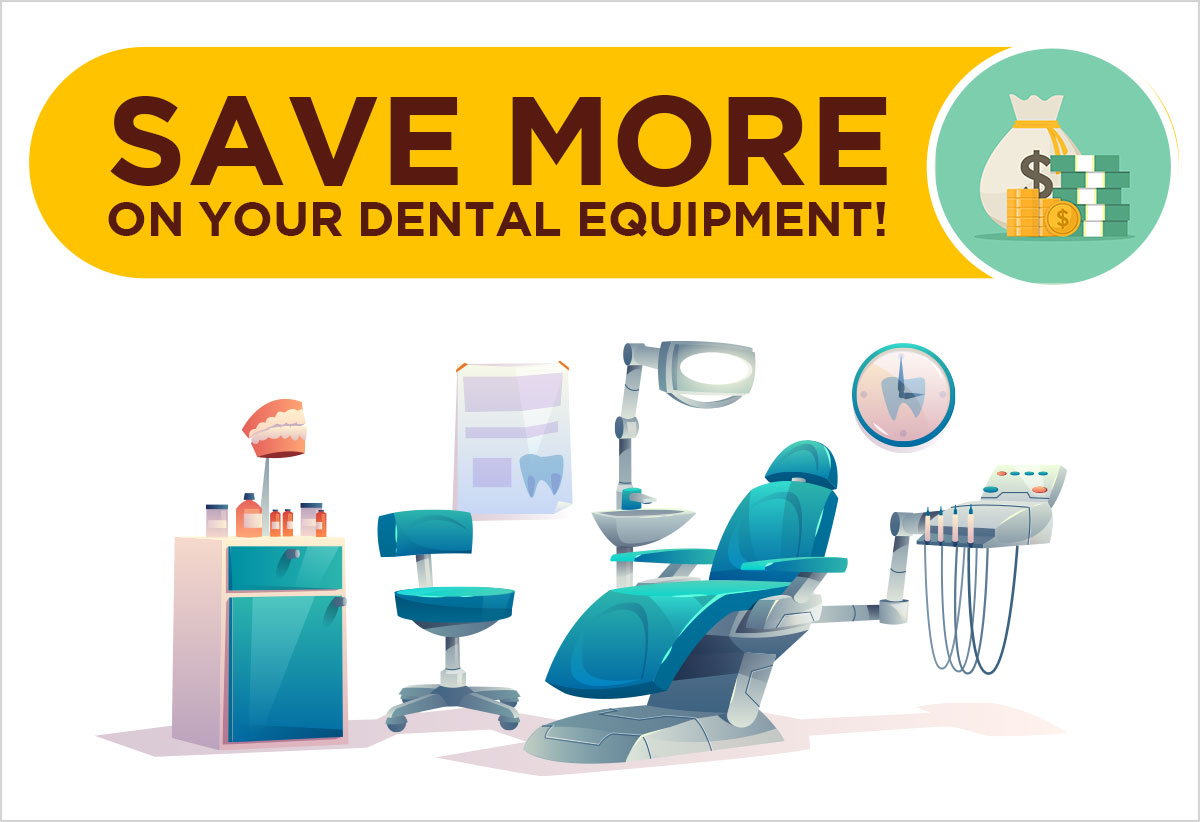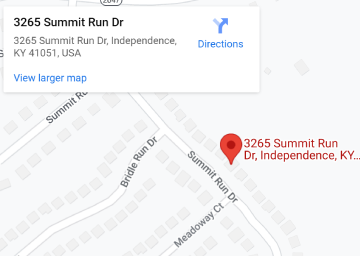The Role of DEXA Scanner (Bone Densitometry) in the Treatment of Osteoporosis and Diagnosis!
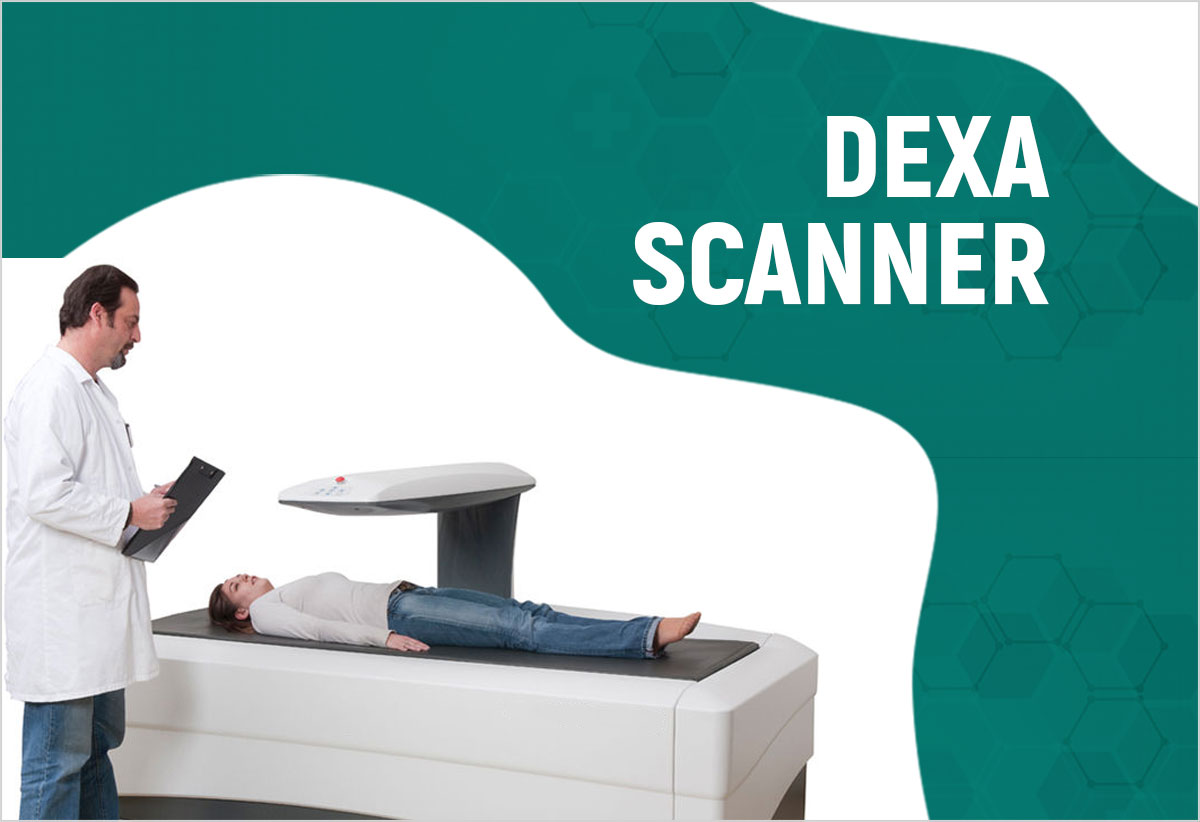
Have you ever wondered, how to know if your bones are weak or brittle and prone to breaking before an actual bone fracture occurs?
Well, the test which can diagnose brittle bones, other bone-related health problems, or skeletal disorders such as Osteoporosis is known as the Bone Density Test. This test is a painless exam that can measure the density of your bones by determining the mineral proportion in your bones i.e. Bone Mineral Density or BMD thus indicating the health of bones. If the bone density is lower than the normal range for your age, it indicates a risk for osteoporosis and bone fractures. Doctors usually recommend this test and call for a bone density scan to check your risk of fracture, low bone mass, and diagnose Osteoporosis. Bone density test is conducted by Bone Densitometry or dual-energy x-ray absorptiometry, DXA, or DEXA scanners introduced in 1987. These machines use low levels of X-rays to measure the mineral proportion in your bones and determine the density of your bones. This measurement indicates decreased bone mass helping to access and evaluate the risk and can alert us before a bone fracture occurs. It thus helps doctors, health professionals, physicians, or clinicians to determine the need for treatment based on the bone density test results. DEXA Scans are the established standard method of measuring BMD and are very accurate with precision levels such that chances of error are as low as 1%.
Bone Densitometry test is very effective in figuring out decreasing bone density and is mainly used to diagnose Osteoporosis, Osteopenia, and determine the future fracture risk. It is typically used to measure bone density of the lower arm, spine, and hip bones. Moreover, DEXA scans can measure your body weight in terms of bone, muscle, and fat. Furthermore, these test results can be broken down to individual body parts thus telling you exactly which areas or parts of your body you need to concentrate on to get healthier. With your weighing scale or regular X-rays or a BMI test, it is difficult to determine whether to work on weight loss or bone density improvement or muscle gain but with the DEXA scan, you get detailed reports and know exactly what to work on. So besides telling us on which body part or area to work on, DEXA scans also help us to determine whether to work on burning fats or muscle gaining or improving bone density. Test results of regular DEXA scans can help you track the progress of your work and efforts to get healthier. Apart from predicting fracture risk, determining the rate of bone loss, and deciding on anti-fracture treatments, DEXA scans can also help us get additional information like detection of Visceral Adipose Tissue, VAT. This can help in assessing cardiovascular diseases and metabolic syndrome. The DEXA scans can also help in evaluating sarcopenia risks and understanding your muscle symmetry in detail.
DEXA Scanners (Bone Densitometry)
DEXA scanners are very simple, open design machines wherein you lie still and a C-shaped instrument goes up and down scanning. The DEXA machine sends two low radiation dose x-ray beams through the bones which are being tested. These x-ray beams have two energy peaks, one absorbed by the bone and the other by the soft tissue. The difference between the two is the calculated bone mineral density. DEXA scanners are effective instruments with quality control procedures. It is very easy and fast to set up and takes only a few minutes to scan. DEXA scanners are very safe as they use very low levels of X-rays thus exposing you to low radiation dose. Once you get your DEXA scan results, you can set up a diet and health plan accordingly and the subsequent test results help you in effectively monitoring your response to the set treatment.
In conclusion, bone density test or bone densitometry plays a major role in diagnosing and treating Osteoporosis. And, with subsequent DEXA scans, like before and after treatment, you can know if the ongoing treatment is accurate and effective. With bone density test results, one can identify the focus areas for muscle gain, fat loss, and bone strengthening. DEXA scans are used for maintaining overall health by analyzing them and accordingly setting up a fitness routine, planning workout sessions, and fixing up specific nutrition charts and diet plans. We have decades of experience in dealing with bone density screening equipment and to further understand the benefits of a DEXA Scanner, consult with our experts. They will guide you as to how this technology can help people in staying healthy.
We can also customize a mobile coach or van to equip it with bone density screening equipment as per your requirements.


